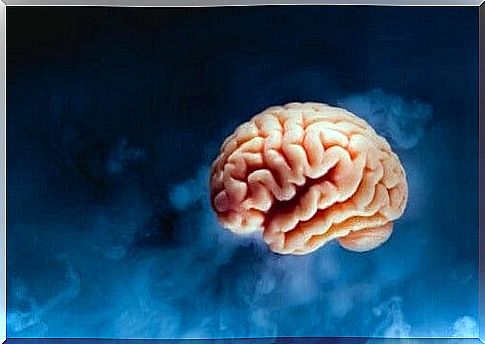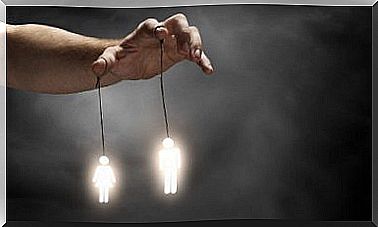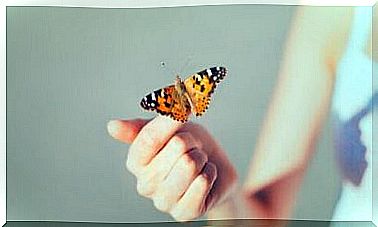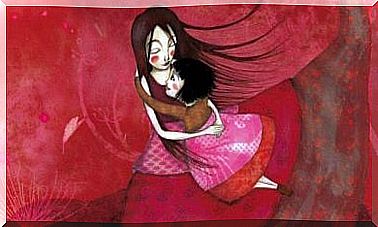Dutton And Aron: Misattribution Of Excitement

Dutton and Aron ‘s experiment gave rise to the theory of arousal misattribution. This is one of the greatest classics in psychology. It has to do with the attraction between two people. In addition, it helps us understand just how surprising the human brain can be.
Attraction and love are complex feelings. They include emotions, upbringing, and attitudes. Yet there is more: hormones and neurotransmitters.
Dutton and Aron’s experiment shows how deceiving the butterflies we feel in our stomachs can be. The truth is that sometimes what determines attraction has more to do with brain chemistry than personal taste.
The theory of the erroneous attribution of arousal is derived from the attribution theory proposed by Austrian psychologist Frits Heider in 1958.
This gave rise to Lee Ross’s theory of fundamental attribution error and to Leon Festinger’s theory of cognitive dissonance. Dutton and Aron have reintroduced these hypotheses and used them as the foundations for their famous experiment.

The Attribution Theory
Fritz Heider proposed the attribution theory. According to this theory, we naturally tend to make causal attributions about the events and changes we witness.
In other words, we are interested in knowing why people do what they do and why everything happens. This is something we do automatically. The point, though, is that we don’t stop and think about how legitimate these attributions really are.
Moreover, the misattribution theory states that we magnify people’s inner circumstances in order to know how to act. An example is that we overestimate the personality instead of paying more attention to other external factors.
When we explain our own behavior, on the other hand, we give more value to external factors than to internal motives. The phenomenon of cognitive dissonance also reflects this.
We explain it with an example. When we find ourselves in a situation where two of our beliefs or behaviors are in conflict, we often make up reasons to harmonize them.
The Dutton and Aron Experiment
The experiment that Donald Dutton and Arthur Aron conducted is commonly known as the Capilano Suspension Bridge Study. The name already suggests it. These two psychologists used two bridges to prove their point.
The first bridge was small, sturdy and modern. However, the second bridge was 70 meters above the ground in the Capilano Canyon. It was an old bridge that moved in the wind and trembled with every step.
There were two groups of men. Dutton and Aron asked each group to cross one of the two bridges. Well, both groups met a very attractive woman in the middle of each bridge.
She told them she was studying landscapes. That was an excuse to ask them to describe some of what they saw. In the end, she flirtatiously gave them her phone number.
What was the result now? Essentially, the men crossing the short and safe bridge didn’t actually look back at the woman a second time. The men crossing the dangerous bridge called out to the woman. They were very interested in her. What is behind these two different behaviors?

The theory of the misattribution of arousal
This experiment allowed us to make the following conclusion. Sometimes the brain can be very misleading. The men crossing the dangerous bridge felt more adrenaline than the men crossing the safe bridge.
We can therefore assume that finding an attractive woman halfway through their crossing had a very positive influence on them. In turn, this supplanted the very reason why they were attracted to the girl.
The theory of cognitive dissonance applies perfectly to this case. The anxiety was confronted by the stimulation of an attractive woman.
So the volunteers in the experiment had mixed feelings. A dose of adrenaline along with the woman’s flirtatious attitude resulted in a strong attraction to her. In short, the two sensations came together and led to that result.
It has also been proven that in high-risk situations, people often develop more benevolent connections with those closest to them. We are of course referring here to controlled and not extreme risks.
When the situation is terrible or causes panic, the opposite will certainly happen. The individual then sees the people around him as a threat and is inclined to reject them.








